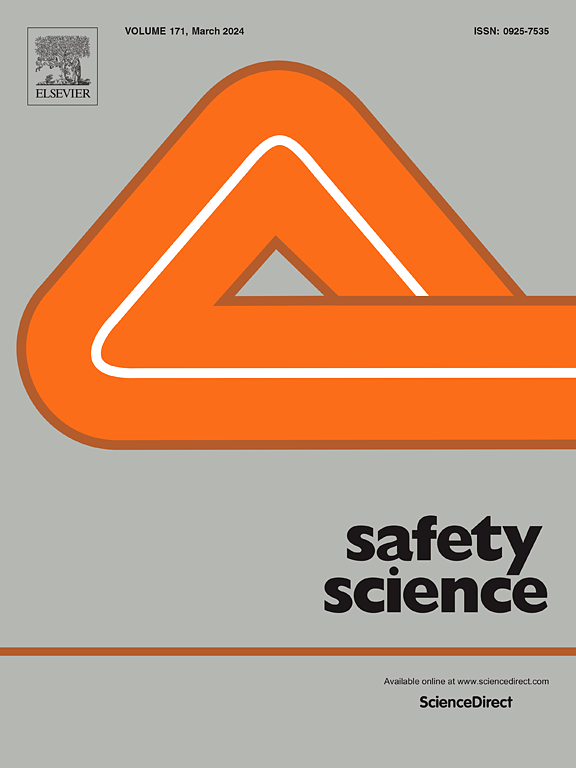接受还是拒绝?基于应用程序的预警系统中的信任和动机发展
IF 5.4
1区 工程技术
Q1 ENGINEERING, INDUSTRIAL
引用次数: 0
摘要
基于应用程序的警报系统会通知人们即将到来的危险,但只有在用户信任它们的情况下才会使用它们,而这反过来又取决于系统的性能(即假警报的数量)。因此,目前的工作旨在提出对预警系统的信任如何随着时间的推移而发展的初步证据。我们进行了两次现场实验,参与者在不同条件下使用移动(火灾)紧急警报系统两周。研究1采用纵向设计将在线问卷和应用内问卷相结合(Nscreening = 623, Napp = 265)。值得注意的是,假警报导致可信度、信任、动机和使用意图显著下降,而责任扩散操纵没有负面影响。在研究2中,我们通过问卷调查、行为观察和深度访谈(nscreen = 119, Napp = 58),考察了在现实条件下应用程序用户在误报后的现场反应。在现场实验前,参与者完成了消防安全培训。虽然训练对激励有积极影响,但应用程序的游戏化没有效果。总的来说,结果与最近关于信任随着时间发展的模型一致,并突出了我们与警告系统关系的动态性质。最后,我们得出预警系统设计的启示。本文章由计算机程序翻译,如有差异,请以英文原文为准。
Check or reject? Trust and motivation development in app-based warning systems
App-based warning systems notify people of upcoming hazards, but they will only be used if users trust them, which, in turn, depends on the system’s performance (i.e., number of false alarms). Thus, the present work aims to present initial evidence on how trust in warning systems develops over time. We conducted two field experiments in which participants used a mobile (fire) emergency warning system for two weeks with variable conditions. Study 1 combined online and in-app questionnaires in a longitudinal design (Nscreening = 623, Napp = 265). Notably, false alarms led to a significant decrease in trustworthiness, trust, motivation, and intention to use, whereas a responsibility diffusion manipulation did not have negative effects. In study 2, we examined under real-life conditions app users’ on-site responses after false alarms by applying questionnaires, behavioural observations, and in-depth interviews (Nscreening = 119, Napp = 58). Before the field experiment on site, participants completed a fire safety training. While the training had a positive influence on motivation, gamification of the app showed no effects.
Overall, the results agree with recent models about the development of trust over time and highlight the dynamic nature of our relationship to warning systems. Finally, we derive implications for warning system design.
求助全文
通过发布文献求助,成功后即可免费获取论文全文。
去求助
来源期刊

Safety Science
管理科学-工程:工业
CiteScore
13.00
自引率
9.80%
发文量
335
审稿时长
53 days
期刊介绍:
Safety Science is multidisciplinary. Its contributors and its audience range from social scientists to engineers. The journal covers the physics and engineering of safety; its social, policy and organizational aspects; the assessment, management and communication of risks; the effectiveness of control and management techniques for safety; standardization, legislation, inspection, insurance, costing aspects, human behavior and safety and the like. Papers addressing the interfaces between technology, people and organizations are especially welcome.
 求助内容:
求助内容: 应助结果提醒方式:
应助结果提醒方式:


